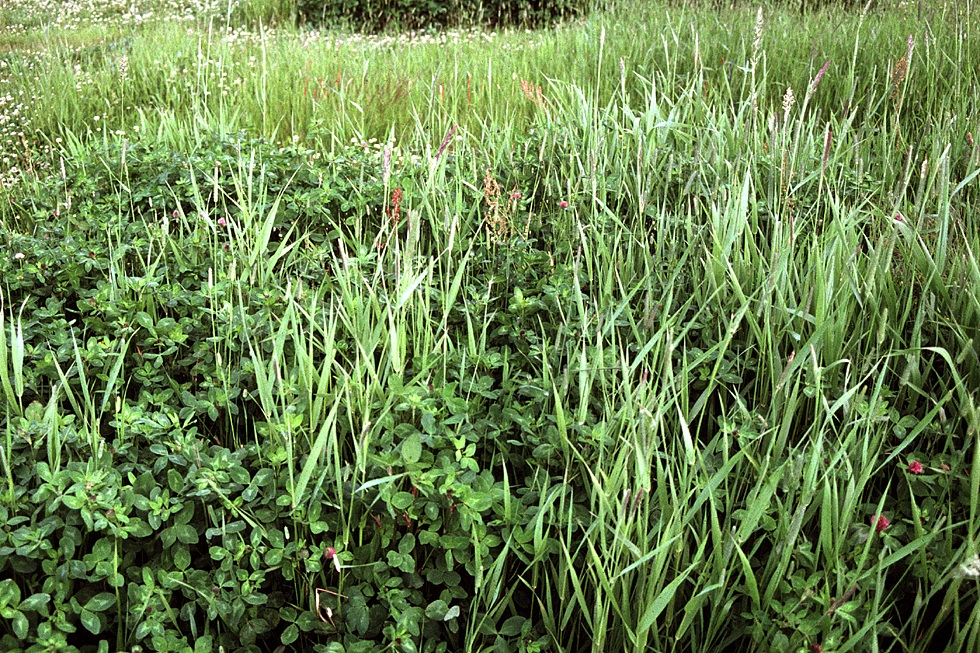
Why do plants grow where they grow? Certainly, it is partly due to the environment of a particular site that will favour some species, while deterring others. However, even with knowledge of the local environmental conditions, it is notoriously difficult to predict vegetation compositions using environmental variables alone. This leads to the suspicion that more must be going on. Could chance or luck play a role in shaping the vegetation?
One way plants could experience luck is by having their seeds arrive early to a place that is open for colonization. The arrival time of seeds will depend on seed dispersal, which is known to be very stochastic and therefore a process where chance is involved. Arriving early typically comes with certain benefits, such as access to nutrients, water and sunlight, causing the early arriving species to be more likely to successfully establish. The arrival order of species at a site could thus be one factor that shapes the vegetation.
But how could this idea be tested? It is not possible to go to a field and figure out which of the species was first on the scene. That’s why experiments are needed. Judith Sarneel (Researcher) and Tamara van Steijn (PhD student) from Umeå University will work together with SITES in both Lönnstorp and Röbäcksdalen to set up large scale grassland experiments, starting this spring/summer. In their plots they will introduce a set of grassland species with varying arrival orders between the plots.
The development of the vegetation, as well as the effects on the insect community, above and below ground biomass and other parameters, will then be followed over the years to come.
The results could potentially be useful in restoration of grasslands. Specifically, when seed sowing is used as a restoration method, it would be possible to manipulate the order of sowing in a way that benefits the species that are deemed most interesting.
Text: Tamara van Steijn.